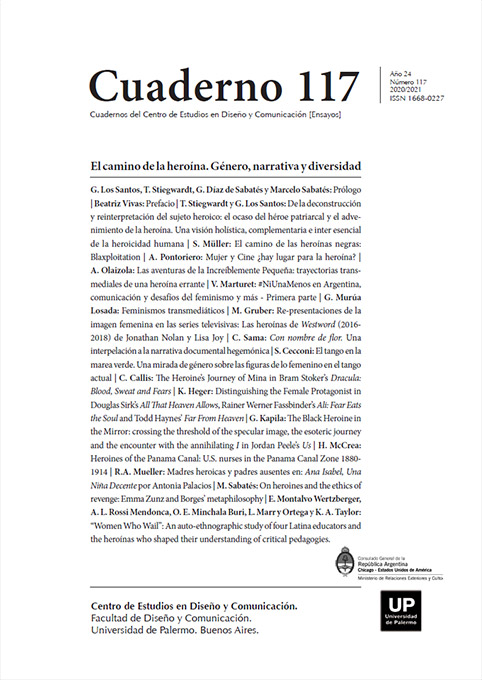Heroines of the Panama Canal: U.S. nurses in the Panama Canal Zone 1880-1914
Abstract
This essay highlights the critical contributions of the Sisters of Charity throughout the French construction of the Panama Canal between 1880 and 1904 and American-trained nurses during the US canal-building until 1914. The Sisters of Charity mended hundreds of thousands of injured and ill immigrant laborers in the Zone. Still, when American-trained nurses arrived in 1904, the nurses found themselves in conflict with the Daughters of Charity, who refused to vacate the hospital they helped found. I argue, self-aggrandizing stories of male accomplishments in the Panama Canal Zone subordinated female participation in one of the largest engineering feats undertaken in modern history. On the front-lines, female caretakers in the Zone understood the risks they faced with a population of transient engineers, scientists, tourists, and entrepreneurs. Even with a limited amount of power, the Sisters of Charity and US nurses made demands of their superiors based on dangers associated with living and working in a “tropical” region. Aware of their power –albeit limited– US nurses developed strategies for survival in the isthmus to protect themselves with limited access to medical supplies and funds. No matter how small the power nuns and nurses exercised in the Zone, many of their male superiors worried. They worried; what if nurses wanted more pay? What if they refused to work or left? US nurses also fell victim to prevailing stereotypes centered on what “type” of a woman left her home and family to live in the “wilds” of Central America? In US print media, popularized perceptions about nurses abroad came steeped in eugenic-inspired views of gender roles and “fitness.” Did nurses in the Canal Zone push gender norms in ways not possible in the US? Furthermore, how did US Canal Zone employees and administrators view nurses? With respect? Ridicule? Have only contemporaries recognized nuns and nurses women for their hard work? Were US Zone nurses valued as heroines throughout the construction of the canal? Or were they only heralded as heroines well after canal construction ended?
References
.
Los autores/as que publiquen en esta revista ceden los derechos de autor y de publicación a "Cuadernos del Centro de Estudios de Diseño y Comunicación", Aceptando el registro de su trabajo bajo una licencia de atribución de Creative Commons, que permite a terceros utilizar lo publicado siempre que de el crédito pertinente a los autores y a esta revista.


